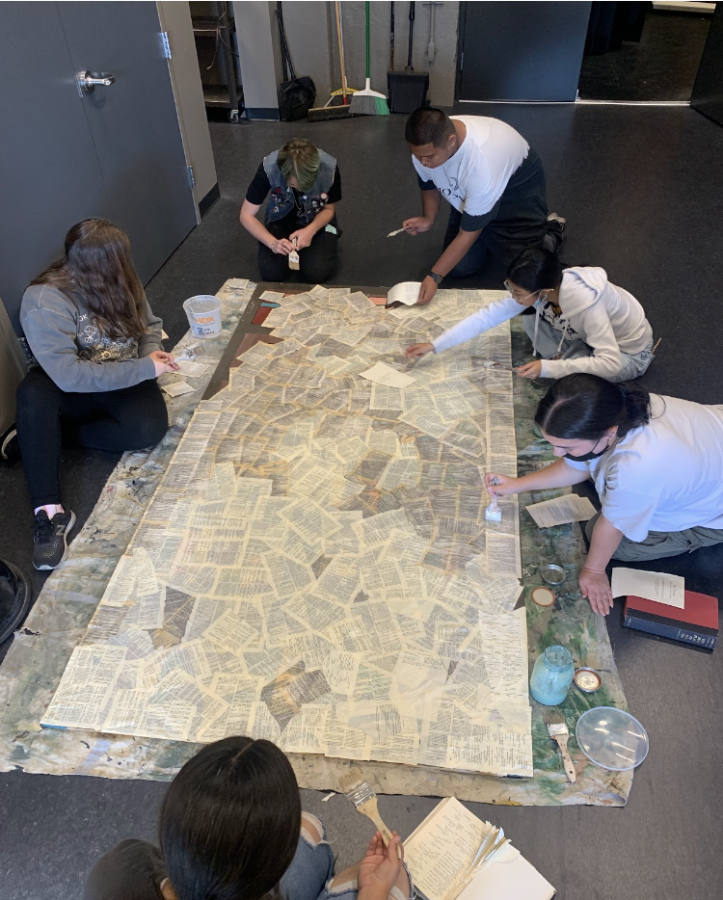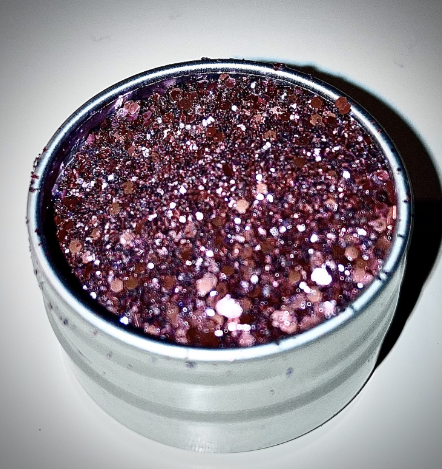Behind the scenes of FHS theater production
For theater productions and musicals, actors often get the limelight. Yet how often does one stop to think about everyone that makes each production possible? The backstage crew that handle lights, sound and logistics work very hard but often go unrecognized.
There are three main components backstage for a production to run smoothly, according to FHS’s tech crew: sound, lights, makeup and costumes. To start, sound covers both the music for songs and sound effects, called sound cues. First, one must read through the script for the show and mark where potential sound cues are needed.
Next, these sound cues must be inputted into the system with the right volume.
“[This is] an aspect that takes a decent amount of trial and error,” Maelys Acevedo, sound assistant for two FHS productions said.
Cues must be loud enough for the audience to hear, yet quiet enough for the actors to speak and be heard in order to be effective, a balance that is hard to achieve at times. Then, on the night of the production, the sound crew timely plays the sound cues and music in each scene.
Although time consuming, Acevedo said that joining the tech crew was definitely worth it.
“I made so many friends and good memories with the tech crew […]I’ll definitely be working on more shows in the future,” Acevedo said.
Additionally, lights are a crucial part of any production. The increase or dimming of the lights (and sometimes changing colors) onstage can contribute to the mood of each scene, along with signaling a shift between night and day. Additionally, spotlights during a solo or particularly passionate monologue can add the finishing touch to an already invigorating scene. Similar to sound, those operating the lightboard must first page through the script and mark each area where a light change is necessary. After inputting the light cues from the lighting designer, one runs through the now-saved light cues throughout the performance.
“Running the cues doesn’t take too much prep work [. . .] but [I] typically need to read through the script and cues [to] familiarize myself [with them] before the show,” Will Wojick, who managed the lightboard for FHS and out of school productions, said.
He further stated that lighting can be complicated because “many of the design elements are linked together”, which helps everyone get to know each other.
The second piece of lighting is the spotlights, or followspots. Followspot operators must learn how to use the spotlights and turn them on at the exact right times, along with occasionally following an actor across the stage during a monologue. Operators sit in a small booth above and behind the audience to work the spotlights, and quite often the area gets pretty hot due to the intense light.
“I enjoyed being exposed to a part of theater that I haven’t heard of before,” spotlight operator Elinor Segev said when asked about her experience.
Fellow followspot operator Acevedo agreed.
”Although I was a bit hesitant about signing up, I’m so glad I did because I learned something new that I love,” Acevedo said.
Finally, the last aspect of backstage is the costumes and makeup. The costume crew is in charge of designing costumes for each production, for each and every actor
According to Raine Babcock, Lead Makeup and Hair Designer, they first decide how they want the costumes for each character to look, and see if there is a way to incorporate materials they already have on hand. For instance, there are over three rooms filled with old costumes and props, remnants from previous productions that can quite often be used again
Unfortunately, due to the construction of the new theater that ended just recently, said costumes and props are in various different storage locations across campus
After deciding on costume designs and finding materials, the crew gets the actors’ measurements and begins making the costumes. Babcock shared that the whole process takes a couple weeks, “up to three hours a day,” and ideally costumes are made as soon as possible so the actors are able to perform in character as much as possible before the show.
Overall, although the backstage work for any production is certainly challenging, the bond formed with fellow tech crew members is definitely worth it.
“You become super close to the people you meet, almost like family,” Babcock said. “They never fail to make everyone feel welcome [it] definitely makes the stressfulness of the tech side a bit better.”













